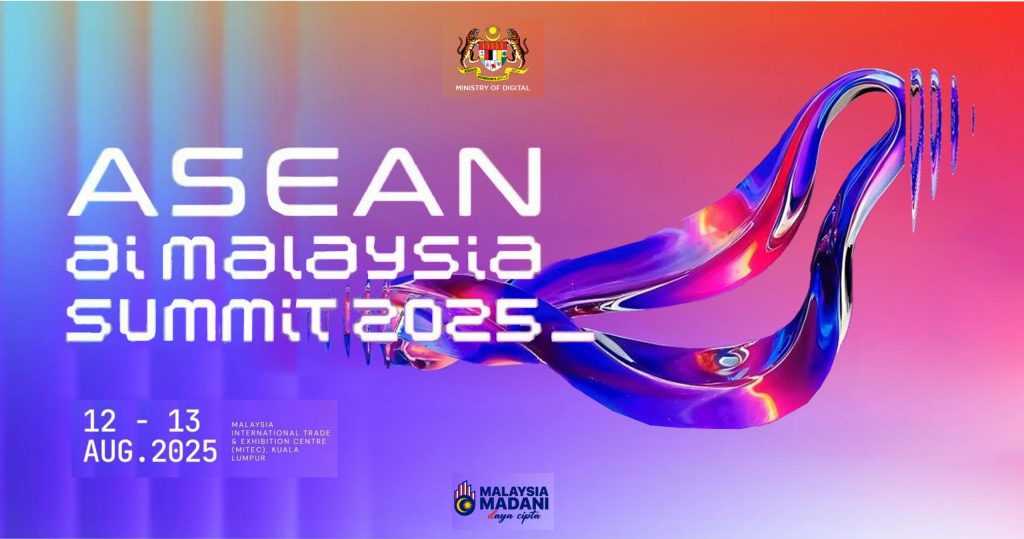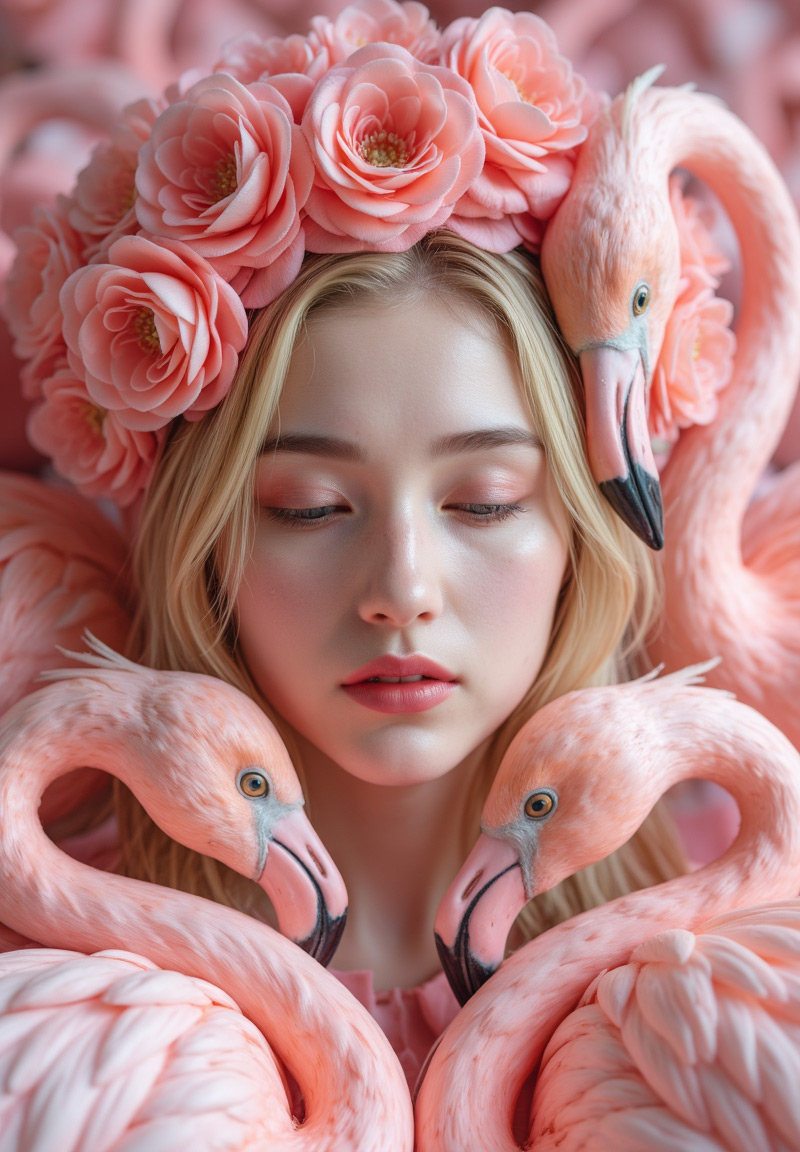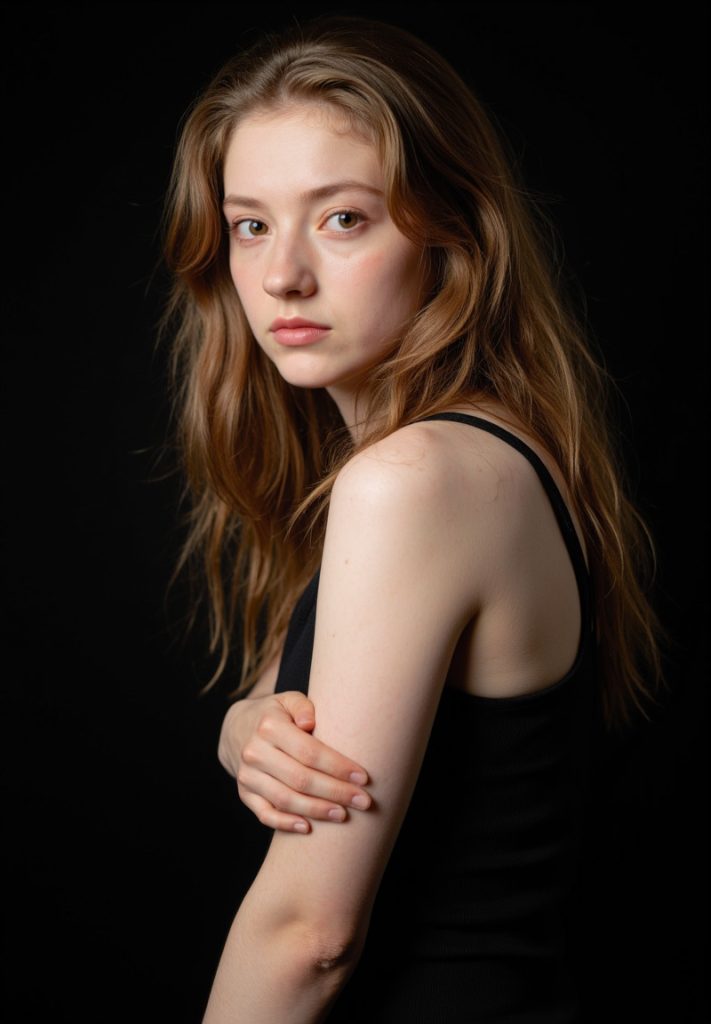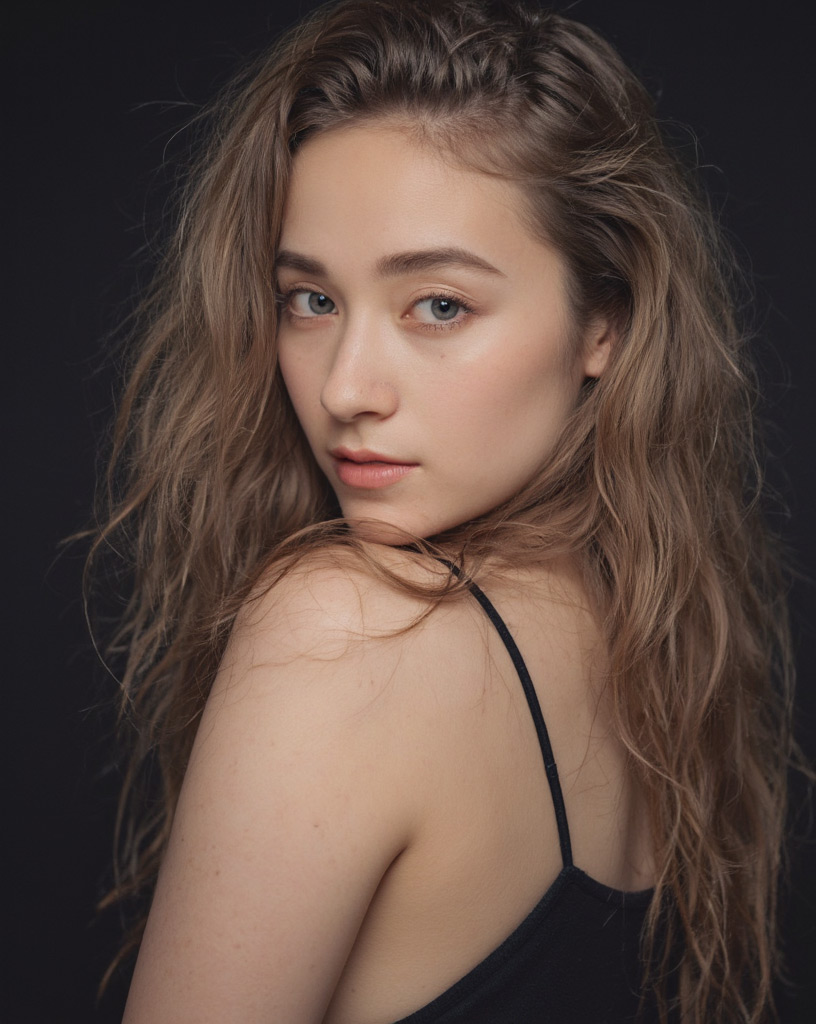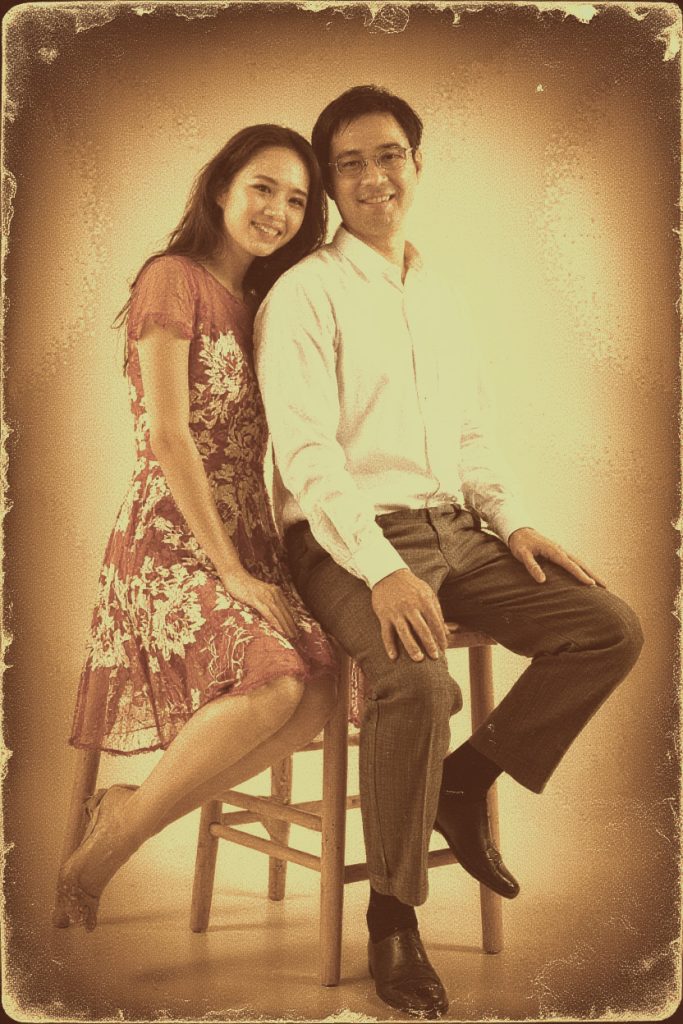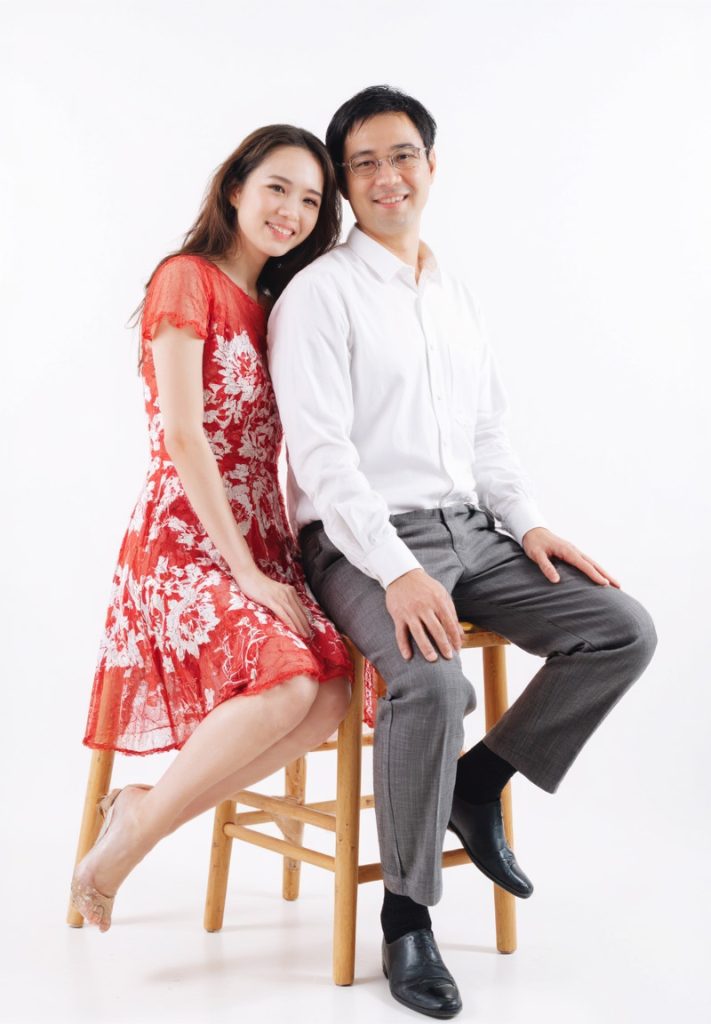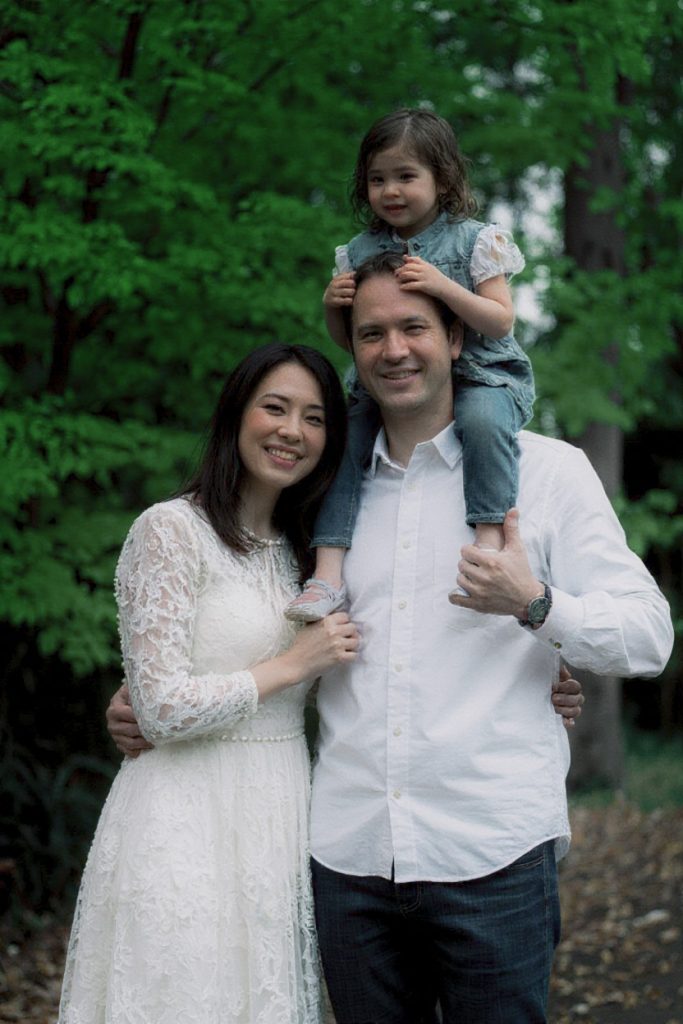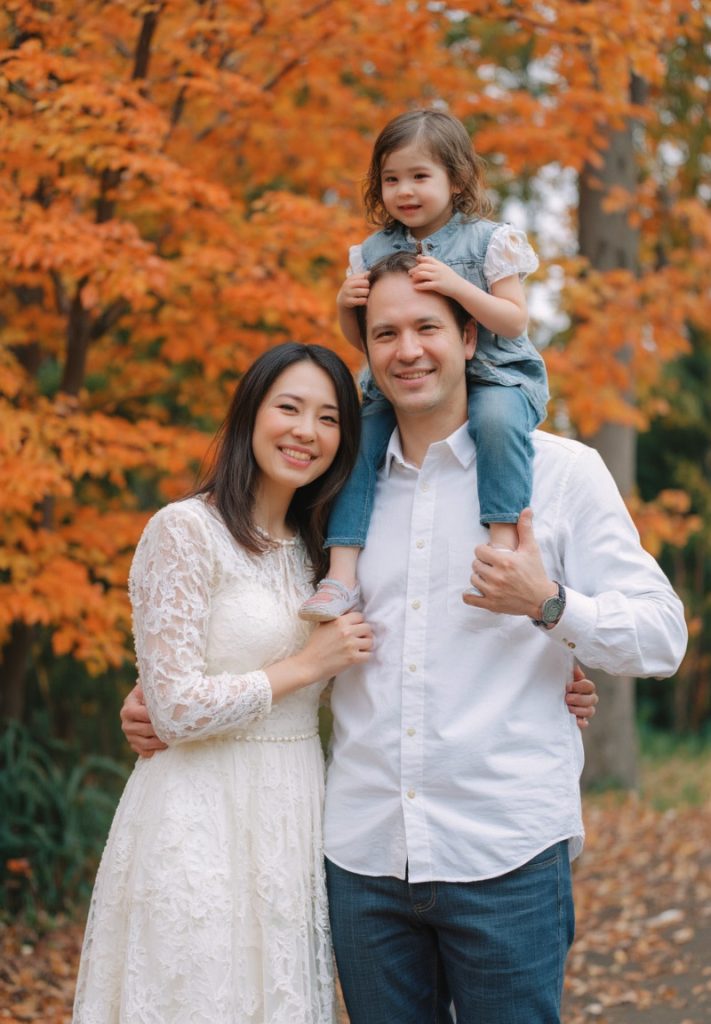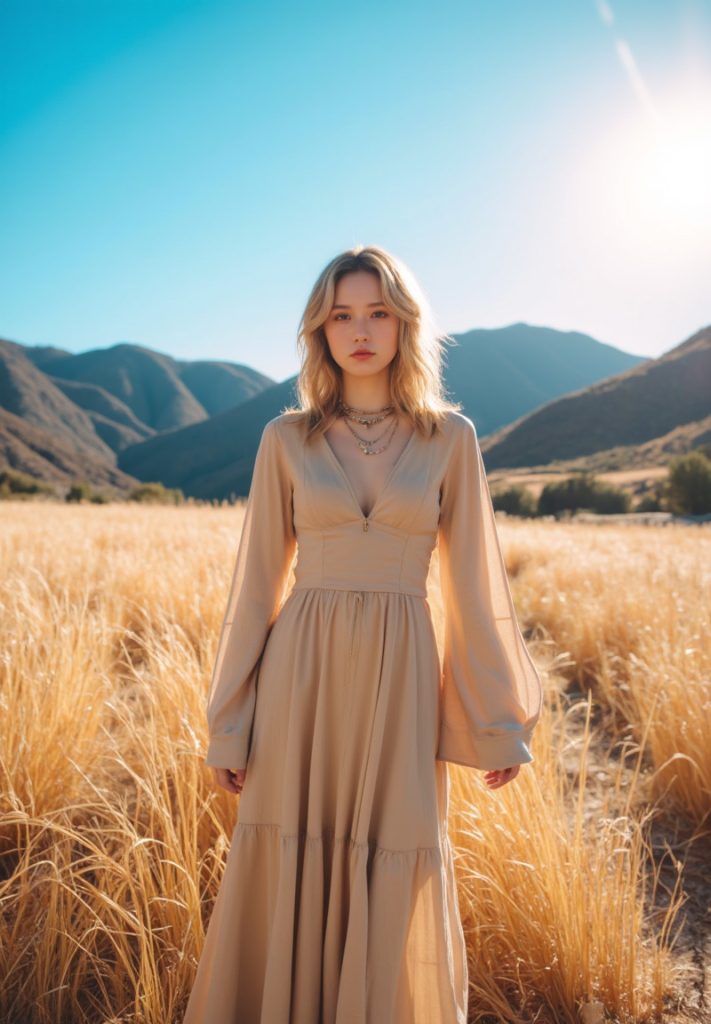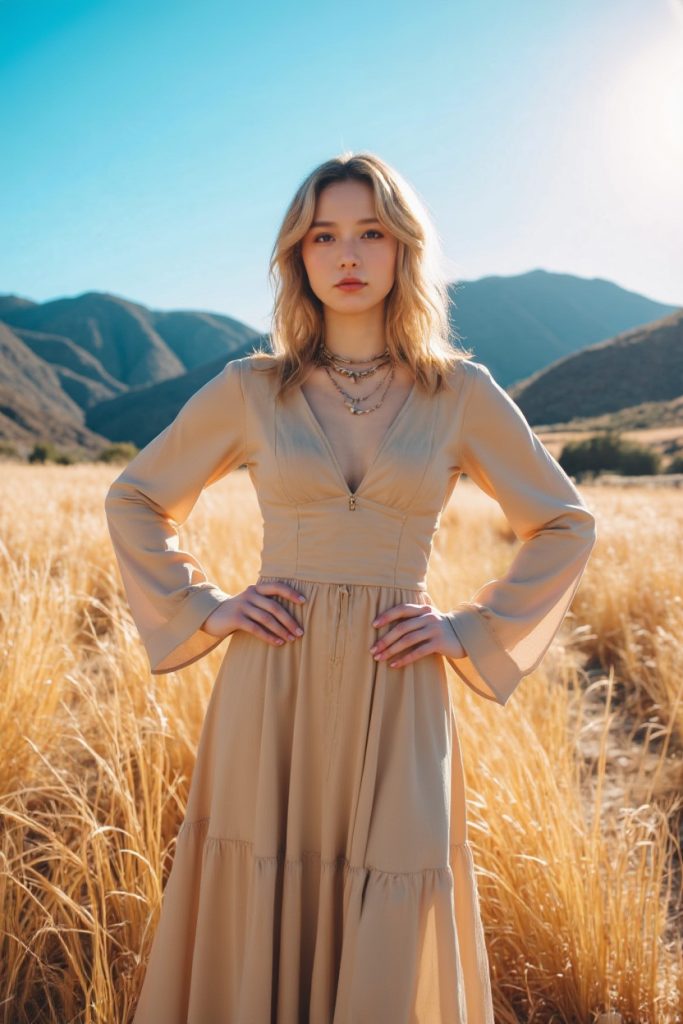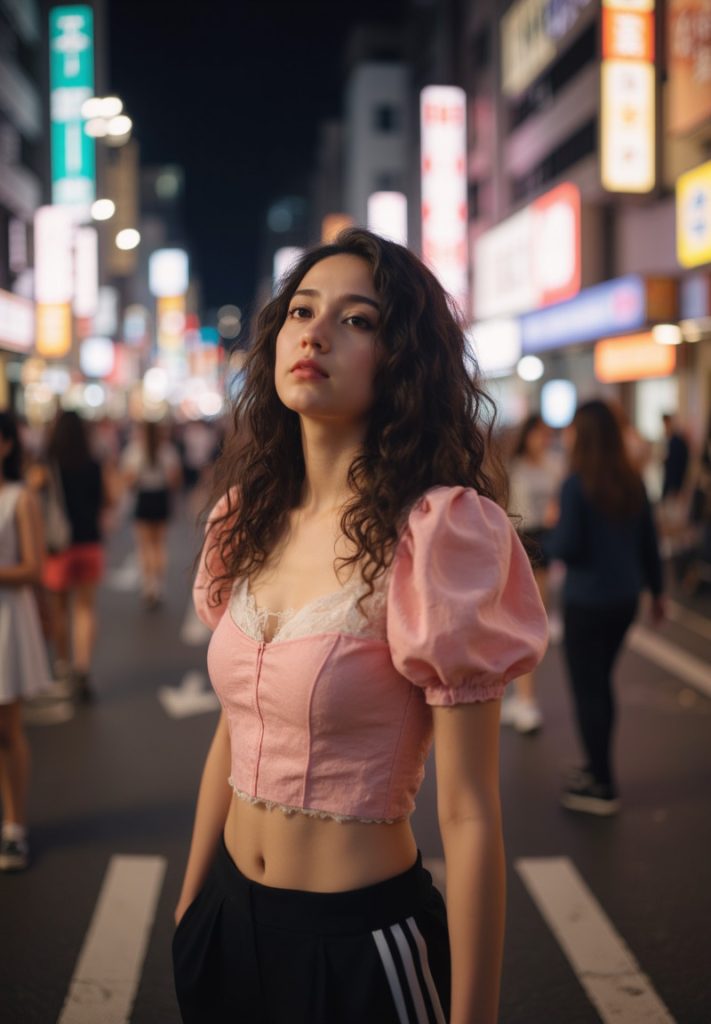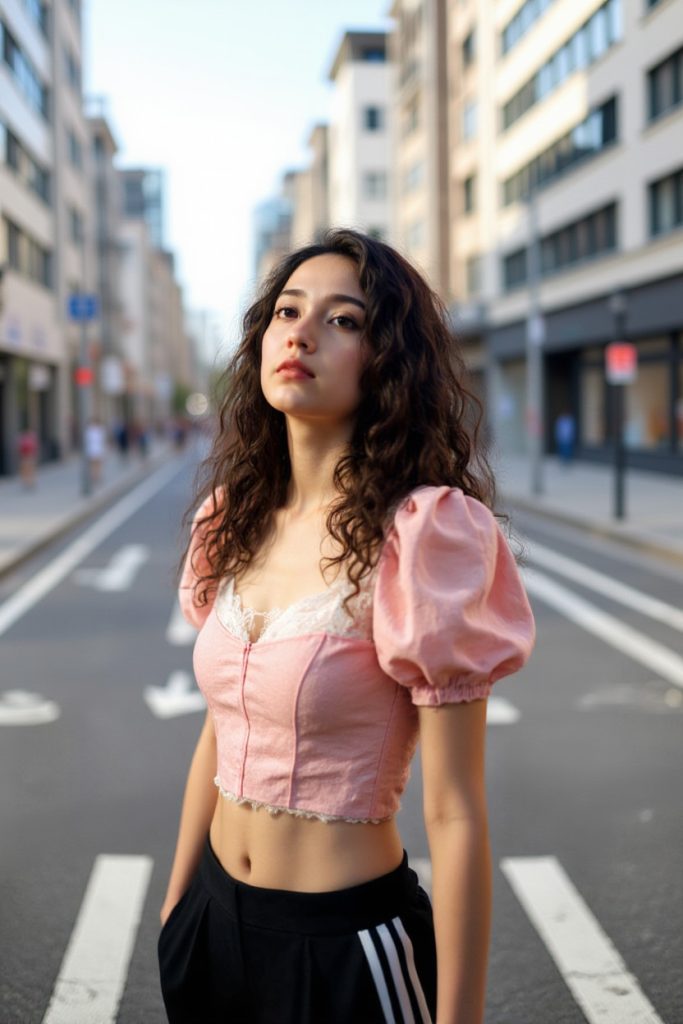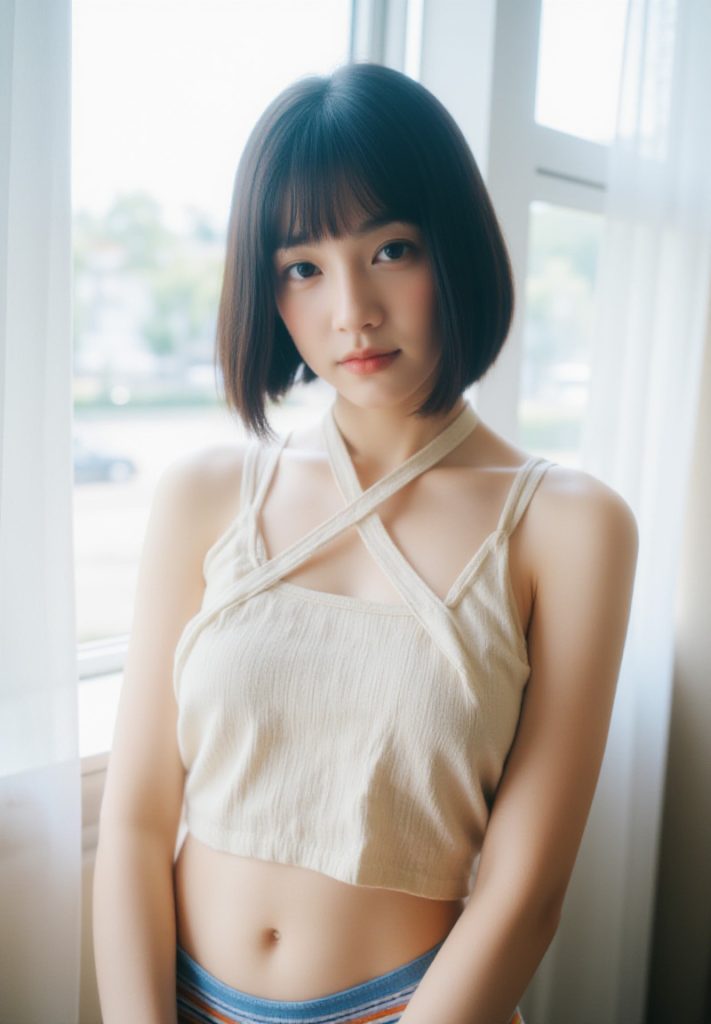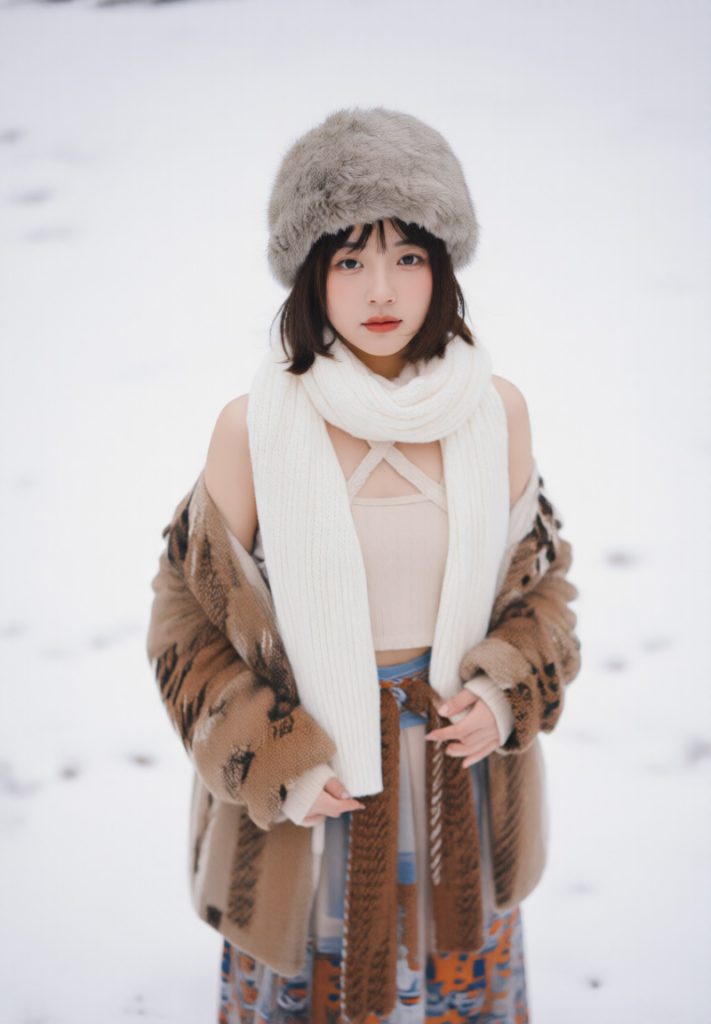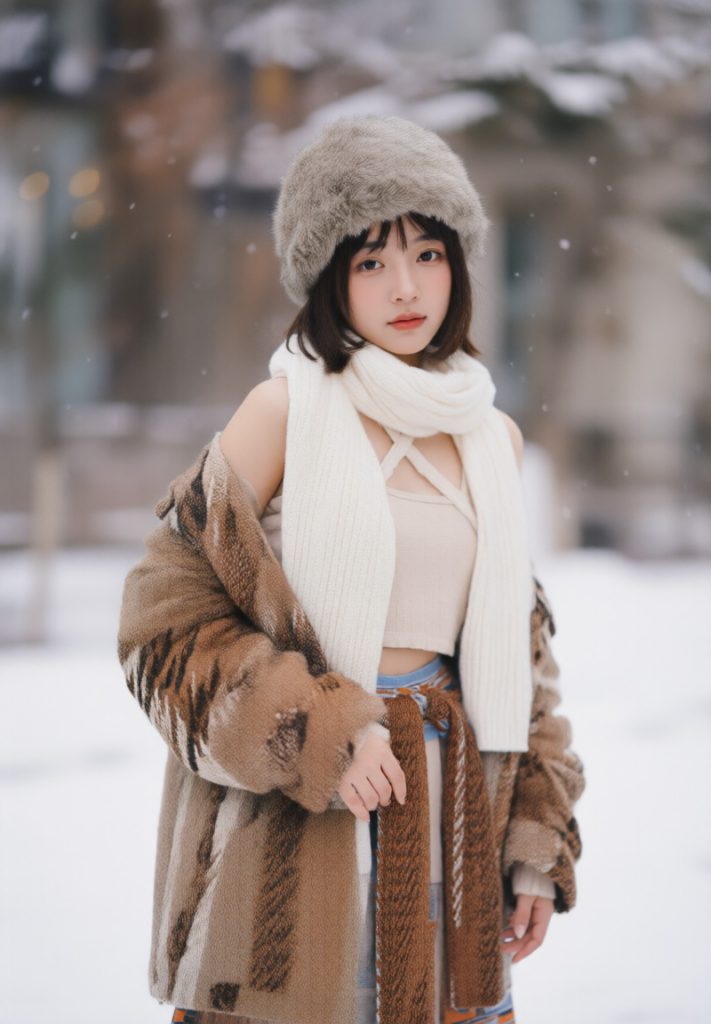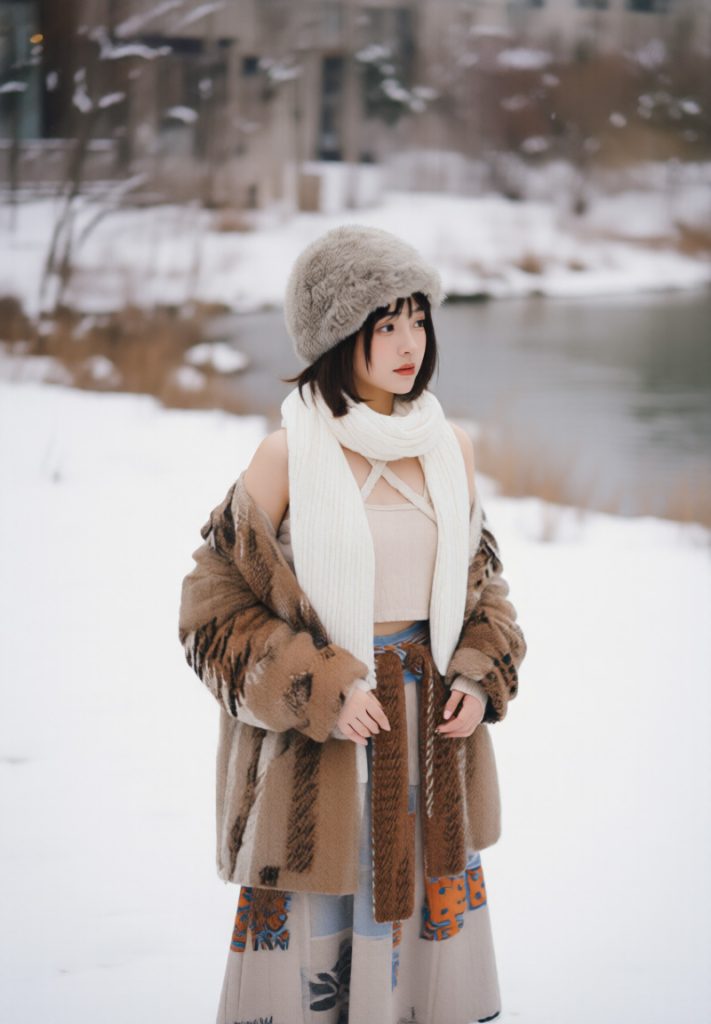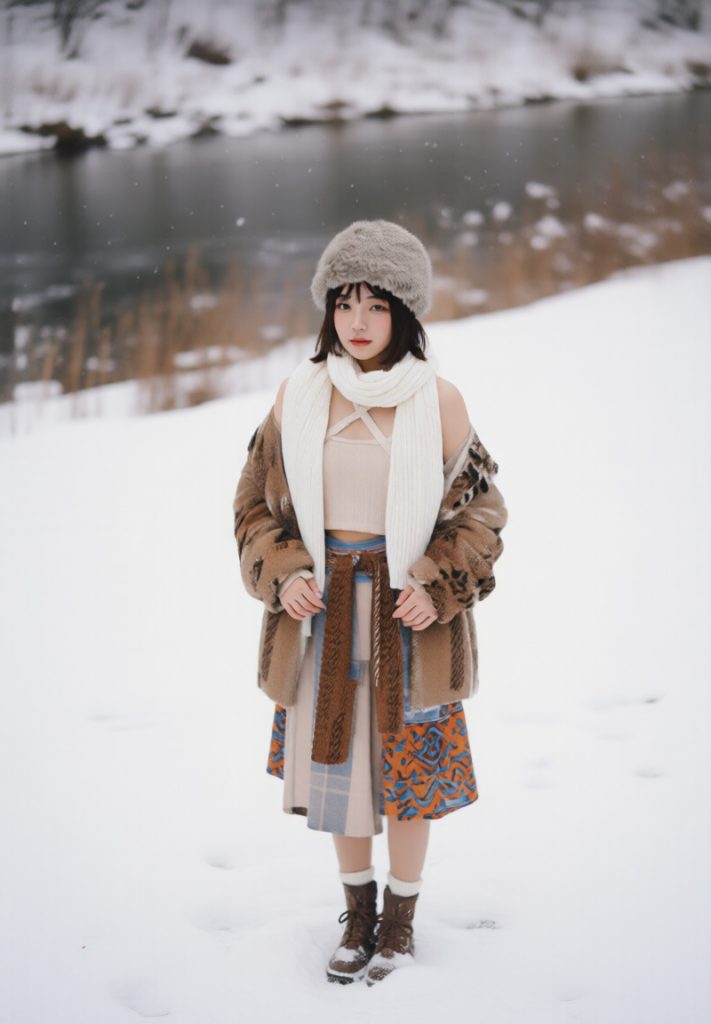AI Photography
AI Photography
Beyond the Prompt
When people hear AI photography, many assume it’s just about typing a few words into a tool like Midjourney or ChatGPT and hoping for a lucky result. That’s a common misconception—and one that underestimates the true potential of AI in the hands of skilled creators.
At Malaysia AI, we don’t just prompt — we craft. Our team blends years of experience in traditional photo editing with cutting-edge AI tools, giving us a deep understanding of how images behave both digitally and visually. Our background in Photoshop and visual retouching allows us to go beyond surface-level generation. We use advanced techniques like ControlNet, Depth Maps, and Reference-Guided Composition to direct, manipulate, and sculpt AI-generated content with intention and precision.
This means we don’t rely on luck or multiple random attempts. We design with purpose — whether it’s restoring old photographs into detailed, high-resolution digital masterpieces, or building scenes that are otherwise impossible or too costly to capture with traditional photography methods. Imagine achieving cinematic shots without flying to remote locations, setting up elaborate lighting, or using expensive gear — that’s what AI photography makes possible.
What you see in our previews are just raw outputs, untouched by further enhancement. But our capabilities extend far beyond that. We’re pushing the boundaries of what AI can do — creating imagery that not only looks real but feels real, with the detail, emotion, and artistry of traditional photography.
Welcome to the next era of visual storytelling.
Welcome to AI Photography by Malaysia AI — where imagination meets mastery.
AI Image Retouching
AI Image Retouching revolutionizes the way we enhance and polish images — making complex edits faster, smarter, and more precise than ever before. With the latest advancements in artificial intelligence, tasks that once required hours of manual work can now be done in minutes, without sacrificing quality or creativity.
From subtle skin smoothing and lighting correction to background cleanup and object removal, AI-powered retouching tools can detect and refine fine details with incredible accuracy. Unlike traditional methods, these intelligent systems understand context — allowing for natural, non-destructive edits that enhance without overprocessing.
Whether you’re working on portraits, product shots, fashion imagery, or marketing visuals, AI retouching helps streamline your workflow while maintaining a high-end professional finish. Even complex edits like reconstructing overexposed areas, adjusting reflections, or reshaping elements can now be handled with ease.
At Malaysia AI, we combine these advanced tools with years of real-world photo editing experience to deliver results that go beyond automation — ensuring every image retains its personality while looking its absolute best.
AI Image Restoration
AI-Powered Image Restoration is a groundbreaking service that revives old, damaged, or low-resolution photos by enhancing details, fixing imperfections, and reconstructing missing elements with incredible accuracy.
Using advanced AI models, we breathe new life into faded family portraits, torn vintage prints, and blurry archival images — restoring them to a state that often surpasses their original quality. From repairing cracks and stains to rebuilding facial features and textures, our restoration process maintains the authenticity of the original while elevating its visual clarity.
Perfect for personal memories, historical archives, or visual preservation, our restoration service ensures that cherished images are not only saved but transformed into high-quality, timeless visuals ready for digital use, print, or display.
AI Color Grade & Relighting
Recent advancements in AI have taken color grading and relighting to an entirely new level — allowing photographers and creators to manipulate the mood, lighting, and style of an image with incredible accuracy and realism.
Modern AI models can now analyze the depth, structure, and content of a photo to intelligently adjust lighting conditions. This includes recreating natural shadows, altering light direction, enhancing highlights, or even simulating entirely new light sources — all without physically reshooting the scene. Complex tasks like removing harsh lighting, balancing exposure, or creating dramatic lighting effects can be done with just a few inputs.
In parallel, AI-driven color grading tools can adaptively re-tone an image based on visual context. Whether you’re aiming for a cinematic palette, a vintage film look, or a vibrant editorial finish, AI models ensure that color adjustments stay consistent, harmonious, and natural.
These tools not only simplify workflows but also open new creative possibilities — enabling dynamic storytelling through light and color. What once took hours of manual editing or expensive lighting setups can now be achieved in minutes, pushing photography into a future where artistic control and technical precision work seamlessly together.
AI Camera + Pose Adjustment
AI has reached a point where it can not only enhance an image — it can reshape it entirely. One of the most groundbreaking developments in recent visual AI technology is the ability to change the pose of a subject and readjust the camera angle after the photo has been taken. This innovation is redefining what’s possible in photography and digital imagery.
With advanced pose estimation and 3D understanding, AI can now subtly or dramatically alter a subject’s posture, body orientation, and even facial expressions — all while preserving natural anatomy, lighting, and shadow. Combined with virtual camera control, creators can now reframe shots, adjust perspectives, simulate zooms or dolly effects, and shift focal points without ever touching a real camera.
This means that bad photos are no longer a dead end. An awkward stance, poor framing, or missed angle can be completely reimagined — turning discarded shots into professional-grade visuals. Whether it’s for portraits, fashion, advertising, or conceptual art, these tools give unmatched flexibility and creative freedom.
The line between shooting and designing is blurring. AI is not just enhancing photography — it’s revolutionizing the way we think about capturing images in the first place. What used to be fixed in the moment is now fluid, editable, and full of potential. The camera doesn’t end at the click — with AI, it begins a whole new phase of visual storytelling.
AI Background Changing
AI has unlocked a powerful new creative process: the ability to restyle and completely transform an image by changing its background, mood, and visual context — all while preserving the original subject with seamless integration.
Using advanced image-to-image techniques and reference-based generation, AI can now remix existing photos by recreating them in extraordinary settings — from surreal dreamscapes to cinematic environments — with perfect color harmony and lighting adjustment. It doesn’t just cut and paste; it understands the scene, adjusts shadows, tones, reflections, and even atmospheric depth to make the final result feel authentic and artistically refined.
Want to take a basic studio shot and place it in a glowing sunset desert, a futuristic cityscape, or an enchanted forest? With AI, it’s possible — and believable. From fashion editorials and product showcases to conceptual art and storytelling visuals, AI restyling tools enable unmatched freedom to reimagine your content without reshooting.
These tools also allow creators to use reference images as inspiration, guiding the AI to match styles, color palettes, and lighting cues for consistent and intentional results. It’s like having a full digital production studio — one where every element, from wardrobe styling to environmental design, can be fine-tuned or reinvented at will.
With AI, you’re no longer limited by your original photo. You’re empowered to evolve it, remix it, and recreate it into something entirely new — opening up a world where creativity isn’t just enhanced, it’s amplified without limits.
AI Photo Editing
AI Photo Editing goes beyond filters and retouching — it’s a complete reimagining of what editing can be. Powered by advanced generative models, these tools can modify not just the look of an image, but its very content, composition, and environment.
With AI, you can seamlessly replace objects, reshape scenes, and alter landscapes while maintaining realistic lighting, depth, and perspective. Want to swap a cloudy day for a golden sunset, turn a quiet street into a bustling city plaza, or transform a single portrait into a full cinematic narrative? AI photo editing makes it all possible, and it does so with natural, cohesive results that feel as if they were captured that way from the start.
What makes this technology truly powerful is its context awareness — it understands the relationship between subjects, backgrounds, and mood. Edits don’t look pasted together; they look purposeful, with shadows, reflections, and textures blending into the new scene as if they were always there.
From marketing campaigns and product showcases to personal projects and world-building for games or films, AI photo editing empowers creators to shape images into exactly what they envision — not just polishing photos, but reinventing them.
AI Video Generation
Beyond static images, AI now makes it possible to bring your creations to life with short, dynamic videos. Starting from generated photos or edited scenes, these tools can animate characters, simulate camera motion, and even create lip-synced speech — turning a single image into a moving, talking moment.
By combining AI photo generation with dubbing and animation technology, you can make characters speak, express emotions, and interact with their environment. Camera angles can shift, zoom, or pan based on your prompt, creating cinematic motion that feels intentionally directed rather than randomly generated.
This is more than a novelty — it’s a new way to produce content. Explainer videos, social media clips, and even product demonstrations can now be created without live filming, actors, or expensive studios. The result is a fast, flexible production pipeline that can adapt instantly to new ideas.
As the technology continues to evolve, these AI-generated videos will become increasingly lifelike — with more natural movement, richer expression, and realistic cinematography — blurring the line between synthetic and real-world content.

































